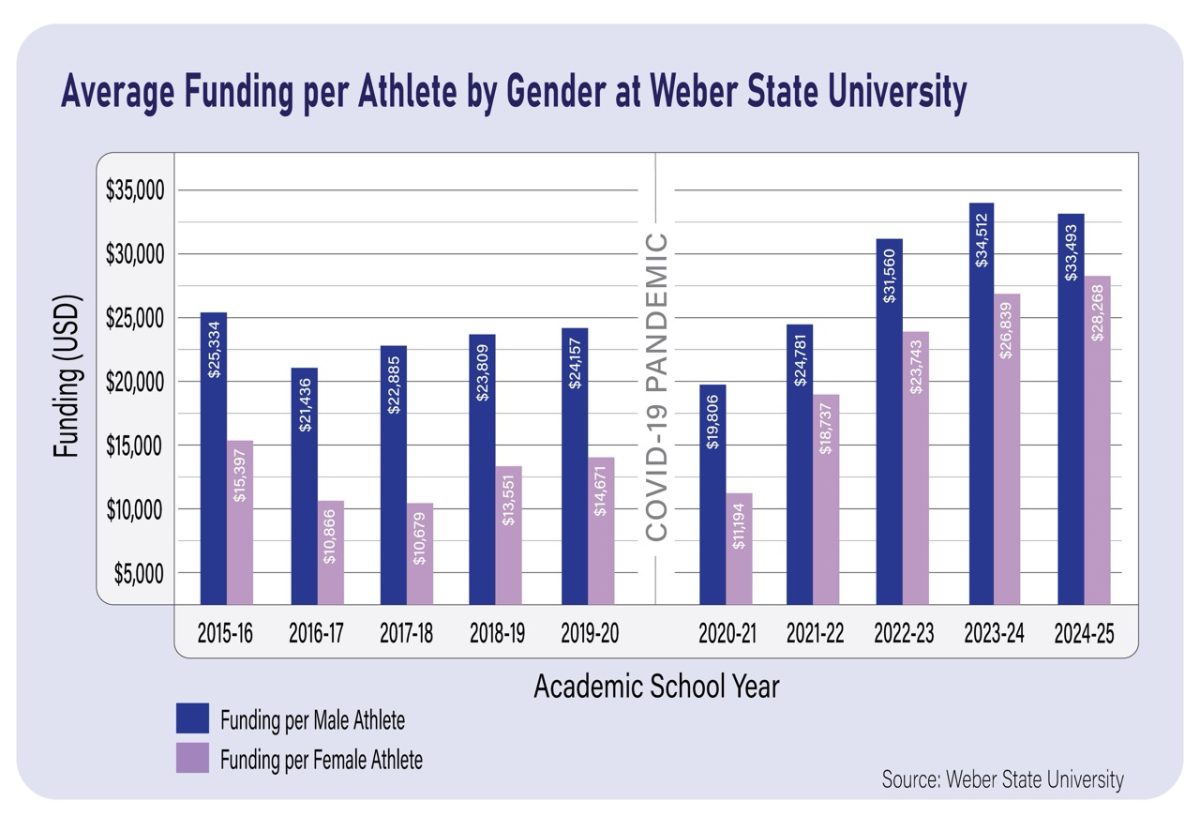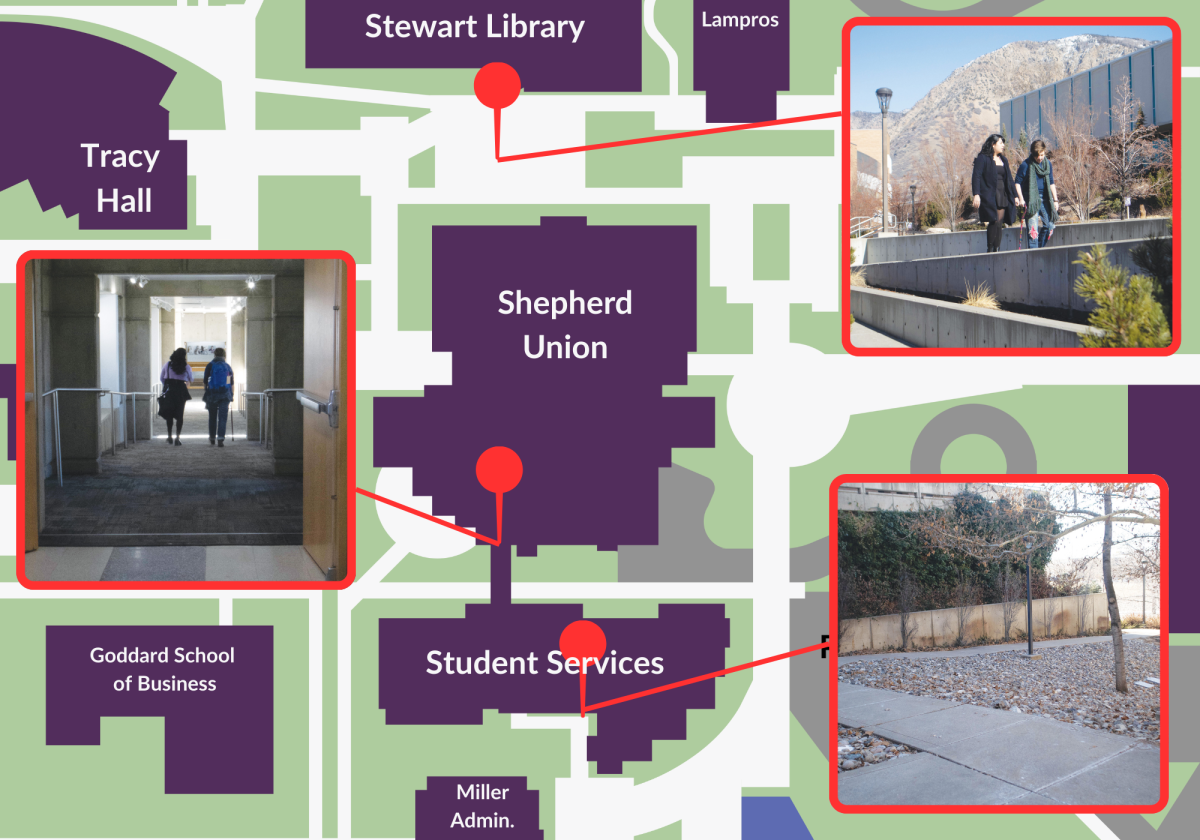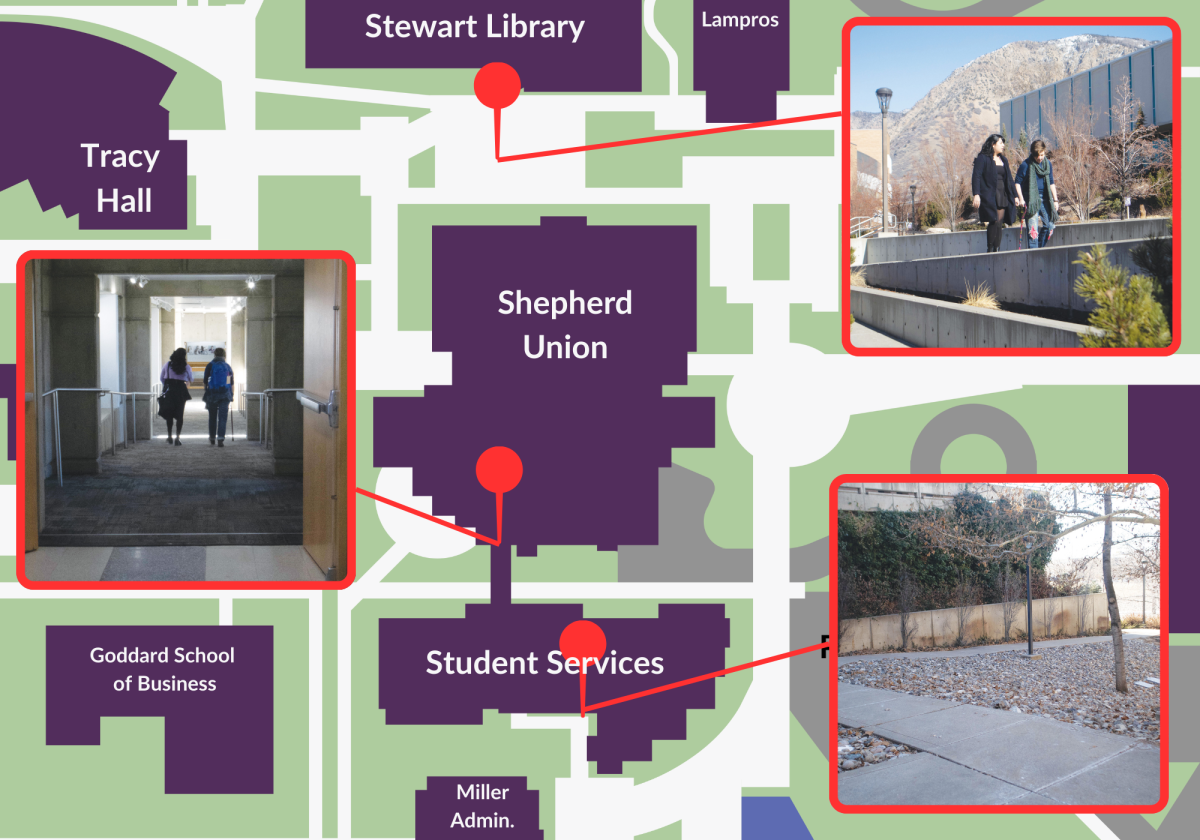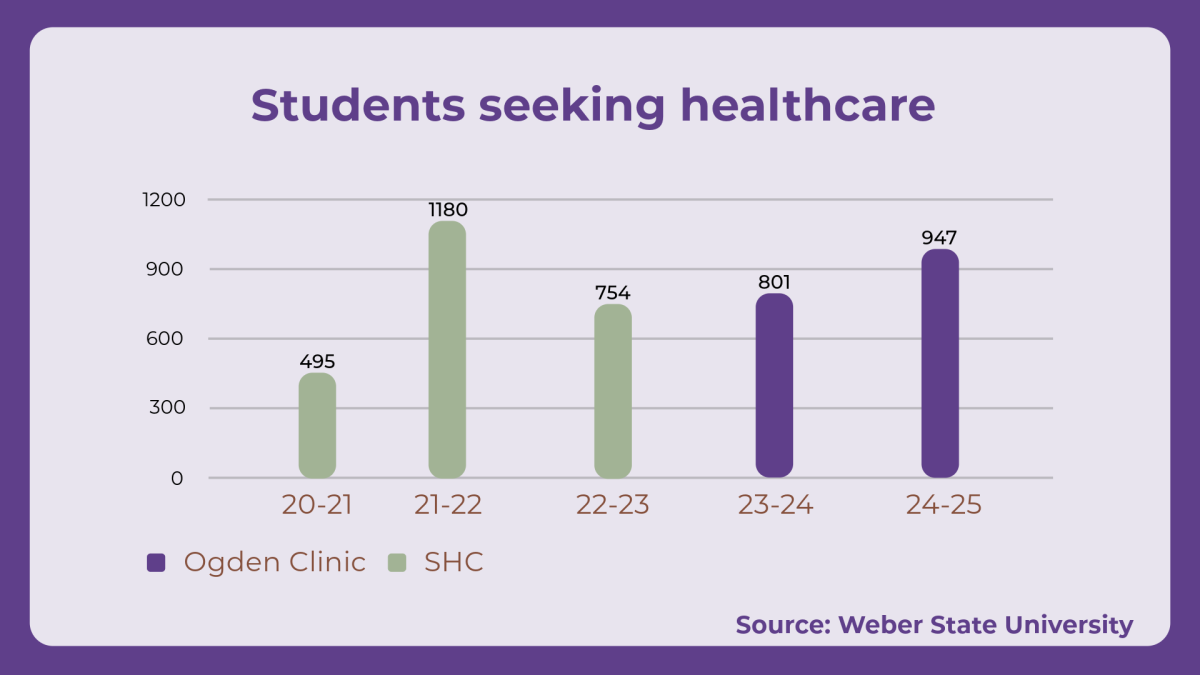
Construction on the Weber State University campus is nothing new to students. However, the construction currently taking place at the top of campus near Lind Lecture Hall and the Stewart Stadium is definitely unique.
Ground source fields are a series of deep wells dug approximately 270 feet in the ground in order to deter from using carbon to cool and heat university buildings.
This project is one of many sustainability efforts by Weber State and comes after WSU was awarded an “Outstanding Leadership in Energy Efficiency and Conservation” award. According to the press release sent out by the Weber State Public Relations Department, the award was presented by the Utah Association of Energy Users.

“Weber State has a carbon neutral commitment, so by 2050 we want to be burning no fossil fuels,” said Justin Owen, Weber State Energy Manager. “Part of getting to be carbon neutral will be to decommission the steam plant, which uses natural gas.”
Owen described this process as “ground source wells” used to heat or cool water to regulate building temperature.
Eventually WSU will be using the temperature from the earth, which is about 57 degrees Fahrenheit, to provide cooling and heating throughout buildings on campus.
“We will use the earth as an energy battery,” said Owen. “If our buildings are too hot, we can pump energy out and put it into the ground and save it for later for when our buildings are too cold.”

To get an Idea of the dimensions of these holes, imagine a five or six inch wide hole, drilled to approximately 270 feet.
The planning for this project began two years in advance and included detailed paperwork, blueprints and a plethora of meetings in order to finalize plans.
Construction started in the W4 parking lot during the week of finals and is set to be completed before the fall 2016 semester begins.
The location for these wells was done over an old parking lot, but Owens said that although though lot was demolished, they plan to recover the lost spots by replacing the parking spots in another location on campus.
Owens noted that parking is a tad bit stressful as is, so the last thing they want to do is to take away any more of those spaces.
Weber State will be one of two universities in the nation to adopt this idea and practice of eliminating carbon use to both heat and cool buildings.
When it is all said and done, Owen said he expects to have at least eight separate locations of wells throughout the university to achieve their goal of eliminating the use of carbon based fuels to regulate temperature.

According to the WSU press release, Jacob Cain, Weber State Operations Director, commented stating, “Our long-term strategy is to get completely off fossil fuels, get onto electric and then produce electricity renewably.”
Cain is currently working alongside Owen on this project.
“We took our plan to pledge to be carbon neutral by 2050 seriously, and we know we’re going to do it,” Cain continued, “And we will probably reach our goal 10 years ahead of schedule.”
Students who have questions about the project or who would like to contact the Sustainability Office at Weber can visit their website.













